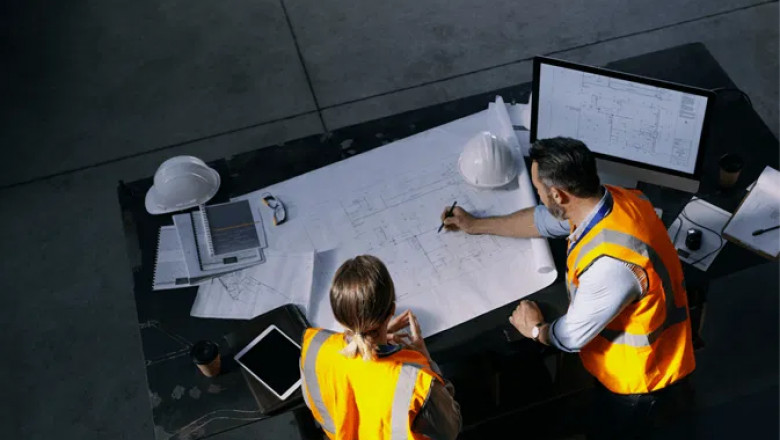views
Starting a renewable energy project—like a solar plant, wind farm, or hybrid system—it’s important to know if the project will actually work, make money, and meet technical and environmental needs. That’s where a feasibility study comes in.
A renewable energy feasibility study looks at all the important factors that determine whether a project is practical and successful. Here's what it usually includes:
Key Components of a Feasibility Study:
1. Site Assessment
This is the first step—checking if the land or location is suitable for a solar or wind project. It includes:
- Land availability
- Sunlight or wind conditions
- Accessibility for transport and maintenance
- Nearby infrastructure (like roads or transmission lines)
Good site selection is key to long-term performance.
2. Resource Analysis
The study measures how much solar radiation, wind speed, or other renewable sources are available throughout the year. This includes:
- Installing met masts or solar sensors
- Collecting long-term weather data
- Estimating energy generation potential
This helps predict how much energy the system can produce.
3. Technology Selection
Choosing the right equipment is crucial. The study compares different options like:
- Solar panels or wind turbines
- Inverters, batteries, or hybrid systems
- System sizing based on energy needs
Proper selection improves efficiency and reduces costs.
4. Financial Feasibility
This part checks if the project is financially viable. It includes:
- Project cost estimation
- Return on investment (ROI)
- Payback period
- Financing options and government subsidies
Helps investors and businesses make confident decisions.
5. Regulatory and Legal Review
The study also looks at:
- Government approvals
- Land ownership
- Local policies and renewable energy targets
- Environmental clearances
Ensures the project follows all rules and regulations.
6. Environmental and Social Impact
It’s important to understand how the project might affect the local environment and communities. This includes:
- Biodiversity checks
- Noise or visual impact (for wind)
- Social impact and community engagement
Sustainable energy should also respect people and nature.
7. Grid Connectivity
The study reviews how the project will connect to the power grid, including:
- Nearby substations
- Grid capacity
- Transmission planning
Smooth grid integration is essential for energy delivery.
How Does SgurrEnergy Help?
SgurrEnergy is one of the leading renewable energy engineering consultancies, helping developers across India and globally with end-to-end feasibility studies.
With 20+ years of experience, SgurrEnergy offers:
- Expert site evaluations
- High-quality wind and solar resource analysis
- Engineering design and technical consulting
- Financial modeling and risk analysis
- Grid study and compliance support
Whether it’s a utility-scale wind farm or a hybrid solar project, SgurrEnergy helps turn renewable ideas into bankable, efficient, and successful energy projects.
A good renewable energy feasibility study looks at the site, resource potential, technology, finances, legal issues, environmental impact, and grid connection. It helps avoid surprises, reduces risks, and build a strong foundation for the project. And with expert partners like SgurrEnergy.






















Comments
0 comment